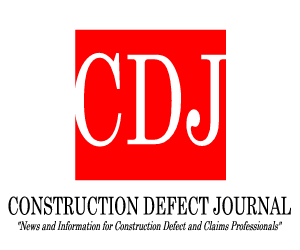
The PRO Act targets several longstanding features of existing law perceived by unions and labor activists to be unfair to labor and too favorable to employers.
The Protecting the Right to Organize Act (the “PRO Act”) is a proposed law that would dramatically rewrite the National Labor Relations Act (“NLRA”). Breathtakingly broad in scope, the PRO Act targets several longstanding features of existing law perceived by unions and labor activists to be unfair to labor and too favorable to employers. The proposed legislation is essentially a grab-bag of grievances that the labor movement has compiled over decades and sought to change through legislation and before the National Labor Relations Board (“NLRB”) without success in the past.
While the PRO Act would affect virtually all private sector employers, it would alter the labor dynamic in the construction industry in four major ways:
1. Removing the current prohibitions on secondary, jurisdictional, and other forms of picketing. Current law attempts to balance the rights of employers to operate their businesses without unnecessary interference with the rights of unions to protest concerning wages and working conditions. As part of this balancing act, the NLRA prohibits unions from picketing under certain conditions or with certain aims. These restrictions include the prohibition on “secondary” picketing by unions of neutral employers, which are employers with which the union does not have a direct labor dispute, and “jurisdictional” picketing by unions to force an employer to assign certain work to a specific trade or group of employees. The elimination of these restrictions in the PRO Act would have a significant impact on the construction industry.
Mr. MacDonald may be contacted at amacdonald@foxrothschild.com




